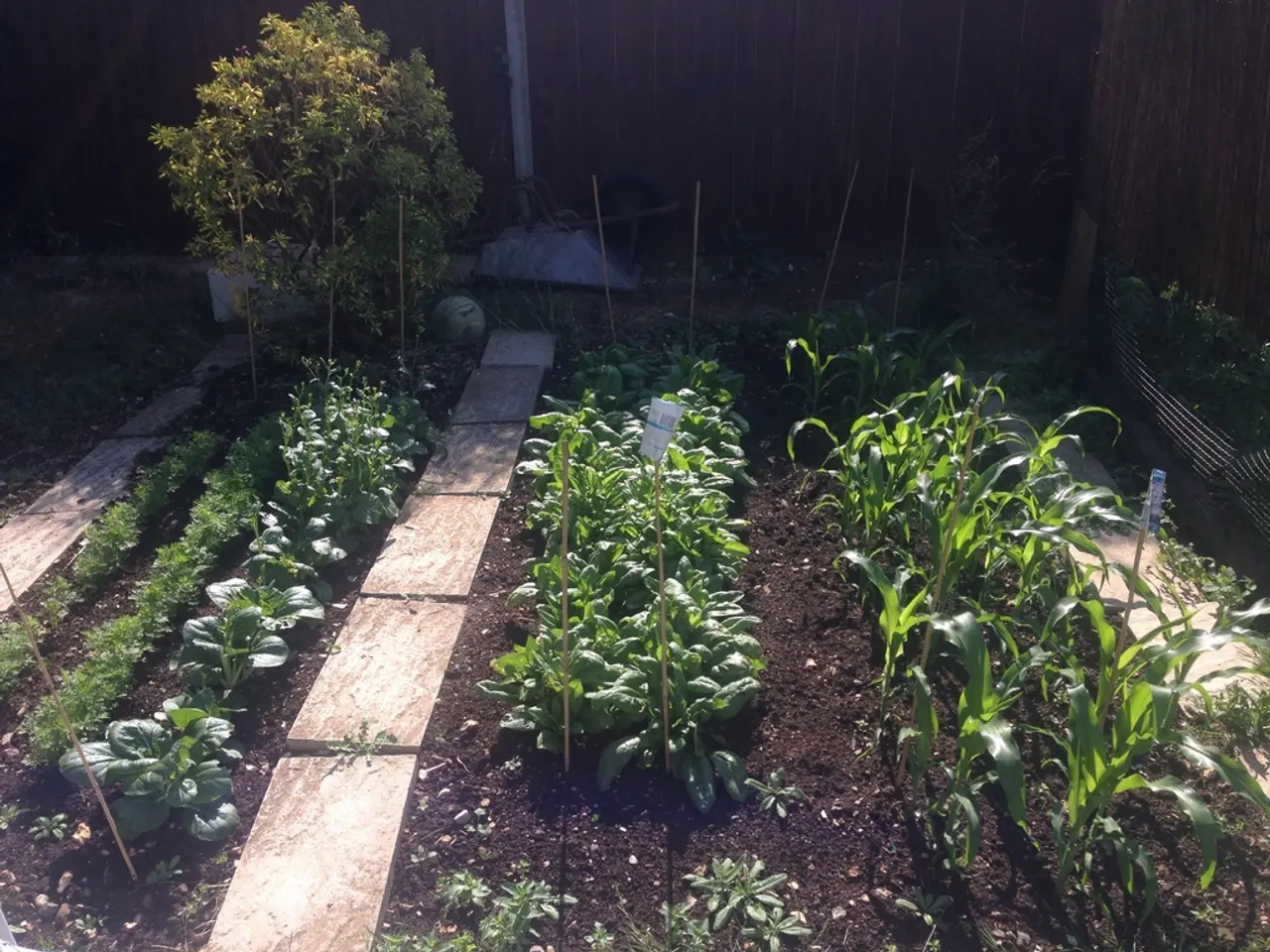Propagating Plants Simplified!
In the world of gardening, plant propagation is a technique that allows you to reproduce plants from a single parent plant. This method is not only a cost-effective way to multiply your plants, but also an excellent means to ensure the health of your garden by using healthy mother plants for propagation, thus avoiding the spread of diseases and pests.
There are various plant propagation techniques to choose from, each with its own advantages and suitable for different types of plants.
- Cutting: This is a simple and common method, involving the cutting of a parent piece and growing the propagated plant. It works best with annuals, vegetables, and house plants.
- Leaf-cutting: Ideal for succulents and houseplants with fleshy leaves, this technique involves cutting a leaf and allowing it to root and grow into a new plant.
- Stem cutting: In this method, a piece of stem with several leaves is cut and attached to a planting medium. Go soil-less for higher chances of success, using a mixture of vermiculite, perlite, or builders sand.
- Softwood cutting: This type of stem cutting is taken from new branches of shrubs, best done in late spring to early summer.
- Hardwood cutting: The cutting from woody plant stems, done when the plant is dormant, late fall to the winter season.
- Layering: This technique involves bending, binding, and burying plant branches into the ground and allowing the stems to root.
- Division: This technique is applied to perennials and spring-to-summer flowering plants at least two years old. It involves breaking clumps of plants apart to form new ones.
- Budding: This technique is often applied to fruit trees to boost production and is best done late in the growing season. It involves cutting a mature bud of one plant and then attached to an incision on another plant stem, growing into a new plant.
- Grafting: This technique is used to add one plant's desired trait to the other, such as resistance to specific plant diseases or enhancement of crop production and flavor. It involves cutting a stem of one plant and attaching it to the stem of another plant to form a unit and live as one plant.
For successful plant propagation, it's essential to have the right tools. In Germany, recommended tools include sharp pruning shears, rooting hormone powders or gels, propagation trays or pots, a quality horticultural soil mix, labels, and a humidity dome or plastic cover to maintain moisture. Additionally, a clean knife or scalpel and a spray bottle for misting are useful. These tools are widely sold in garden centers and online gardening shops in Germany.
For those who are new to gardening, ECOgardener offers herb starter kits for indoor and outdoor gardening, making it easy to start your own propagation journey. With these tips and tools, you're well on your way to propagating your favourite plants and filling your garden with new life!
Remember, each plant has its own specific needs, so be sure to research the best propagation technique for your plant species and provide the right care for your propagated plants, including bright light at certain hours of the day and watering accordingly. Happy propagating!
Read also:
- Wawa avian tests positive for West Nile disease
- Individuals suffering from ailments such as arthritis or asthma could potentially secure £30,000 in financial aid for home renovations at no cost to them.
- The market for Kraft Lignin is projected to increase at a rate of 7.2% each year until 2034.
- Revising hair care practices with cynorrhodon extracts for addressing hair fragility





